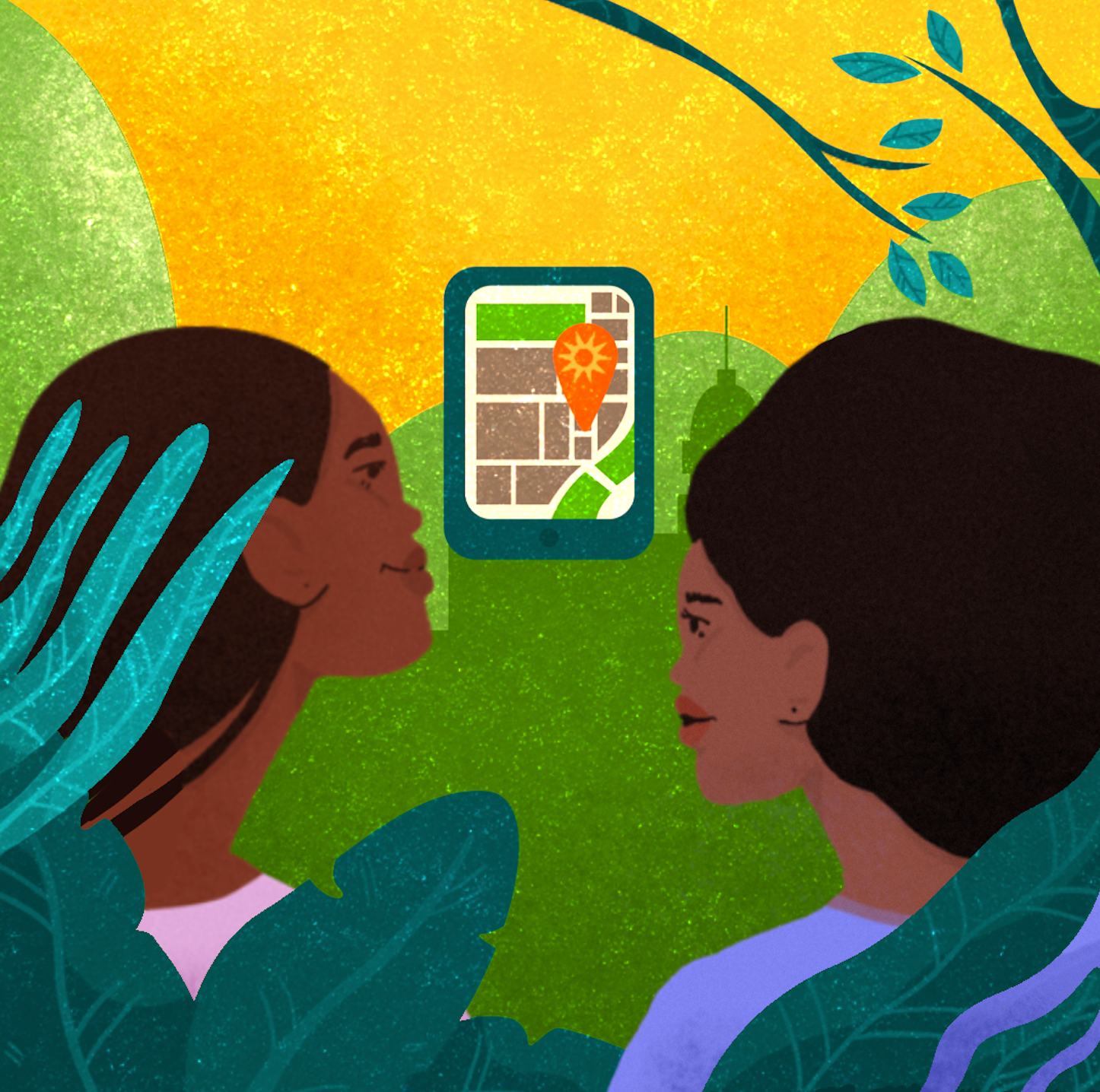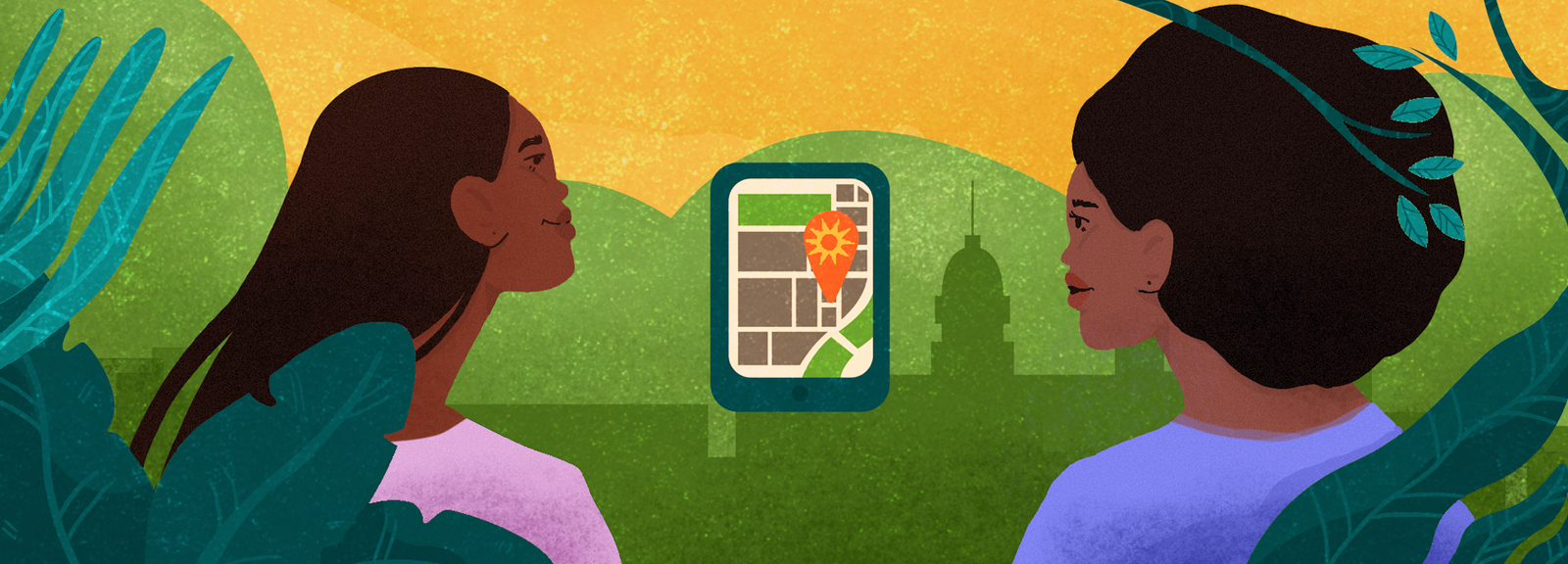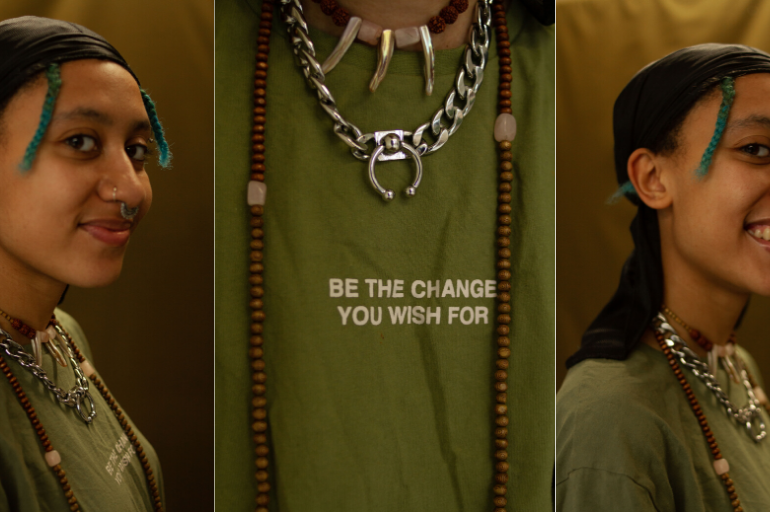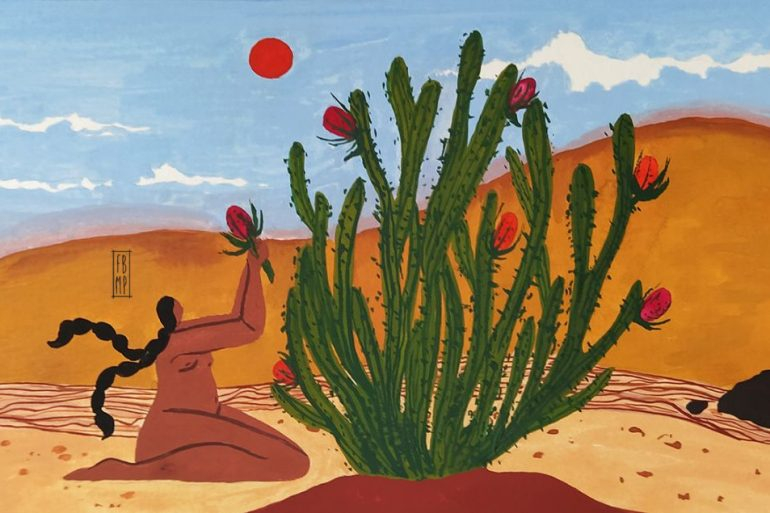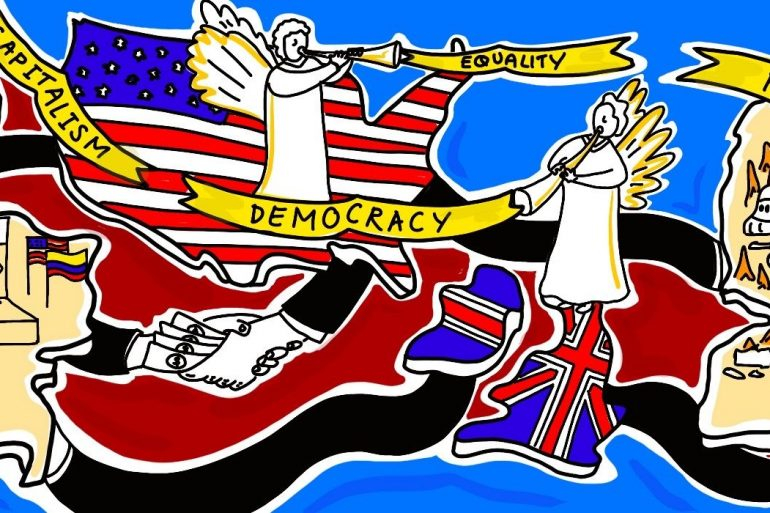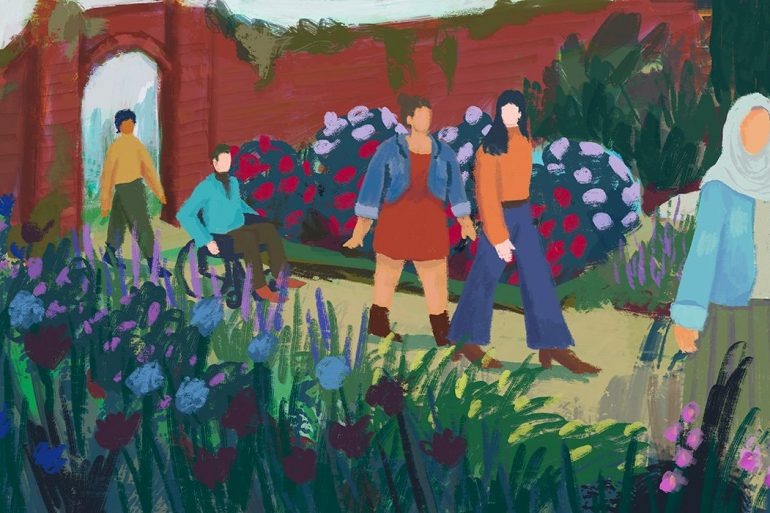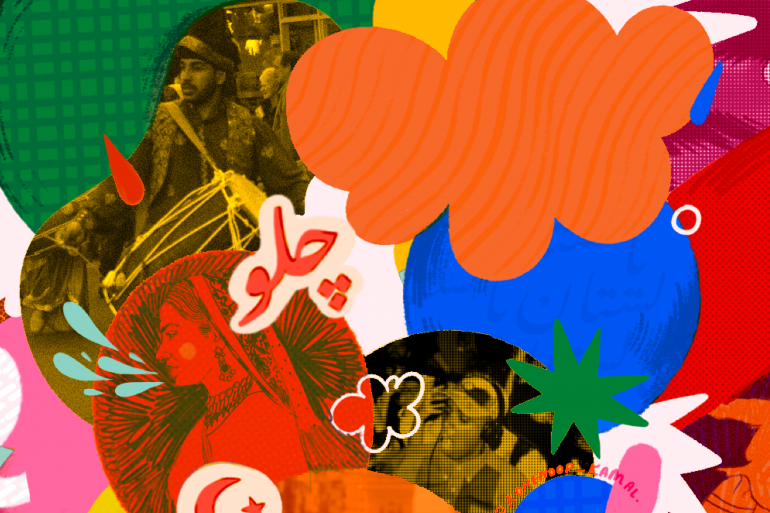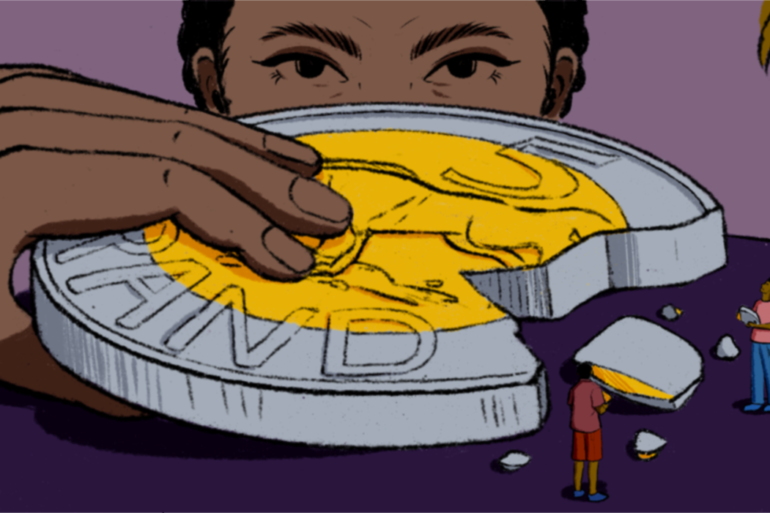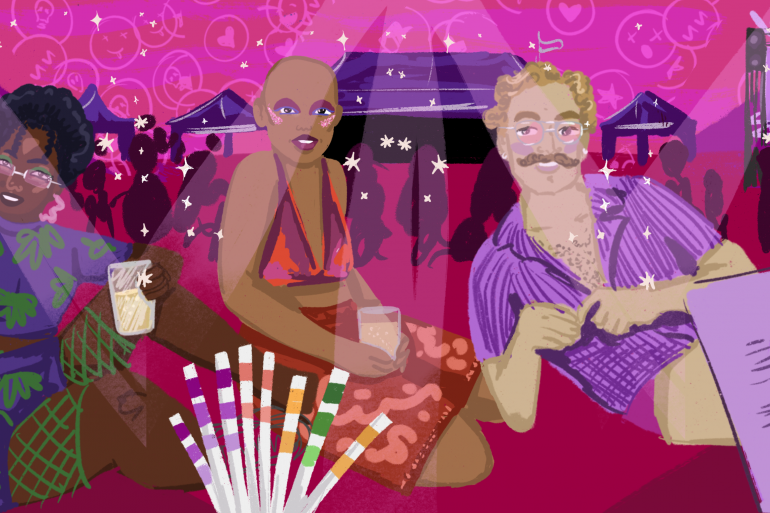This interview was conducted in Spanish; any quotes in English have been translated, with translations approved by the interviewee.
For decades, Argentina has politically engineered its Eurocentric reputation, with its capital Buenos Aires often referred to as ‘the Paris of Latin America’. At an 89% white population, you could easily mistake the streets of Buenos Aires for Barcelona or Bologna at first glance.
If the country’s composition wasn’t abundantly clear from its melanin-deficient World Cup winning men’s football team, especially when compared to its Latin American neighbours, it’s something routinely boasted about by the country’s rich and powerful.
In a meeting with Spain’s prime minister in 2021, Argentina’s President, Alberto Fernández, landed himself in hot water after saying: “The Mexicans came from the Indians, the Brazilians came from the jungle, but we Argentines came from boats, and they were boats that came from Europe.”
This is Argentine exceptionalism in a nutshell: a separatist position which denigrates its neighbours, whilst denying and invisibilising the long history of Indigenous peoples, African enslavement, African migration and its mestizo population.
Founder and creative director of Afrohunting, Leticia Sánchez Garris, is a Black woman from the Dominican Republic who has made Buenos Aires her home over the past 12 years.
We met to discuss her community-building work at Afrohunting, a creative agency and entertainment platform that fuses art, music and design to celebrate the “coolture” of the African diaspora.
Namely, Afrohunting runs a festival named Kolors which celebrates “our colours, our art, our people and our music.” Though, Leticia’s work doesn’t stop there. She is also an expert in Argentina’s Black history, as one of the guides leading the country’s first ever tours centring Afro-Argentine heritage at Lunfarda Travel, an agency that specialises in highlighting “usually untold stories.”
After experiencing the Kolors festival and the Afro-Argentine tour for myself, I knew I had to hear more from the person behind them. I caught up with Leticia to find out about the past: how did the presence of Black folks in Argentina change so drastically? The present: what does it mean to carve out space for the Afro-Latine and Black community in an overwhelmingly white and culturally Euro-oriented space? Importantly, too, the future: asking what’s next for this wave of Afro-Argentine renaissance?
A painful history of injustice
With her ‘Afro-Argentine history expert’ hat on, Leticia tells me about the purposeful erasure of the country’s Black history. First, she explains the role of ‘blanqueamiento’, the social process of whitening that has taken place across Latin American through interracial relations.
Then, Leticia discusses the politically-coordinated decimation of Afro-Argentines through demonisation of Black folks, and explains how the Black community was targeted during the Yellow Fever epidemic in the 19th Century. The commonly spread myth that the epidemic was spreading because Afro-Argentines and Afro-descendent people in Buenos Aires “had the devil inside” was used to rationalise the exodus of white, middle and upper class Argentines from the city’s historical bounds of San Telmo and La Boca.
This meant expanding the city into new areas, which are comparatively affluent to this day: Palermo, Recoleta and other parts of Barrio Norte. The relocation of whiteness and affluence begot the relocation of healthcare, meaning that Afro-Argentines and working class Argentines were rendered defenceless against the Yellow Fever Outbreak of 1871 and 10,000 Argentines died with historians believing that a disproportionate number were Afro-Argentine and/or working class.
As Leticia recounts this, the deeply felt economic polarisation between these areas begins to make sense. A light bulb turns on, and I can suddenly see the history of this city threading into its present.
The strategic mass migration of wealth, whiteness and healthcare changed the composition of the city forever. Leticia knows the ‘why’ behind this woeful history all too well: “They wanted to destroy our culture; they couldn’t. Then, they wanted to erase it.” Afrohunting is a powerful pillar in resisting that erasure.
“We’re everywhere!”
As a Black Londoner moving to Buenos Aires for a few months, I was often questioned about why I had elected to go somewhere with such a hostile history towards the Black community, and warned about this systematic erasure of the Black presence in Argentina.
I heeded the warnings in theory but, nonetheless, it was a shock to the system that weeks went by and I had only met a single Black person in the city. Timidly, I sought out the Afro-Argentine community. Despite what I saw on the streets of Buenos Aires, I knew we had to be here.
After being added to a group chat of Black expats, I quickly came across Leticia’s organisation. It soon became abundantly clear that, “we’re everywhere!” as she exclaimed when we met.
Leticia founded Afrohunting to “create meeting points” for the Black community here, but this literal translation doesn’t do justice to its true meaning. Afrohunting is not just about physical meeting points, it’s about really finding ourselves and one another.
I – and so many others – look forward to these events because it’s a time to be seen in our entirety, there’ll be moments grounded in an unspoken knowledge that you don’t have to explain, a night when I knew I wouldn’t be too much or not enough – we could just be.
I walked into Kolors alone but a number of smiles and warm nods from across the room reminded me that I was far from it. I was embraced by images and videos of Black folks of all shades and shapes on a huge screen, projecting across the back wall of the venue. To say I felt welcome would be an understatement; I felt a sense of belonging before things had even fully begun.
Subscribe to shado's weekly newsletter
Exclusive event news, job and creative opportunities, first access to tickets and – just in case you missed them – our picks of the week, from inside shado and out.

Once things were in full sway, the movement of the room felt like we were in formation as we wove seamlessly between genres and sets without skipping a beat. Swaying to reggae, stepping to amapiano and wukking it up when reggaeton and dancehall came on.
The vibe was Blackity Black – of course, every DJ and artist was Black, but I mean all the way down to the circles that would form to hype up dancers who were killing it on the dancefloor. During an Afro-Paraguayan artist’s performance, a Black girl and I turned to each other in the audience with a look that screamed: we rooting for everybody Black!
It’s hard to communicate how much this means in a country like Argentina, where there are so few Black people and, even of that tiny community, there is often so much physical separation.
Even after living here for five months, it was shocking to meet an Afro-Argentine named Nahuel, who told me that although he was born and raised in Argentina, his first time meeting a fellow Black Argentine was at the age of 13 years old.
On top of this physical distance between Afro-Argentines, there is systematic political erasure. It was only tireless campaigning from Black activists like Pocha Lamadrid that led to the inclusion of a question about Afro-Argentine identity on the 2010 census.
Afrohunting isn’t just bringing people together; it’s building the basis for solidarity between African and Afro-descendant people in a space where that hasn’t been possible on a large scale for generations.
Infused with Black creativity from South America, West Africa and the Caribbean
When we met, I had to ask about the name: why ‘Afrohunting’?
Leticia recounts the importance of ‘CoolHunting’, a practice she undertook whilst studying in her home country, the Dominican Republic. CoolHunting describes the ‘observation of emerging trends and styles, usually involving street fashion’ and Leticia describes going up to folks with great style and asking where they had found these unique pieces.
Coming to Buenos Aires from the majority Black and Indigenous population of the Dominican Republic, it was a culture shock when she found a very different demographic here. She told me she struggled at the beginning because she’d often “go months without seeing anyone that looked like her.”
So, in true Gemini-rising style, Leticia soon found herself Afrohunting: seeking out Black folks, stopping them in the street, asking when they came to Argentina and why. Here began the journey of organically building community with Argentina’s Black population, an activity that would go on to inspire the creation of Afrohunting as we know it today.
Leticia’s Dominican roots are visible building blocks of this space but, from the focus on spirituality and the aesthetic, with its vibrancy of colours and patterns, there is also evident influence from the four months she spent in Nigeria – the place she credits with “moulding her into an artist”.
Meshed into the essence of Afrohunting are the Afro-Argentines who have shaped the space as it has grown; the Afro-Uruguayans, Paraguayans, Cubans, Colombians and other Black Latine folks who have been part of Afrohunting’s story; the Cameroonians, Senegalese and Nigerians who have influenced this budding creative agency, too. Afro-Argentine DJ, Sista V; multidisciplinary Afro-Uruguayan artist, Nomusa; and Afro-Cuban artist, Arnol Junco to name just a few.
The future for this Afro-Argentine renaissance
From here, Afrohunting is bound to grow because Leticia has an unwavering vision for the future of her brainchild. We’re sitting in a cute local café that has a strong community feel, great music and is bursting at the seams with colour.
Leticia looks up, “I want a space like this – where, of course we’ll sell our merch, but also the everyday things we need: Black hair products, our food, Black art and ornaments that express our culture; space where people can come to drink coffee, work or just enjoy one another’s company.”
There is a depth of intentionality and spirituality to the work Afrohunting does that’s palpable: you’re moving through a space that has been crafted specifically to centre Black connection, talent and joy.
It’s unsurprising to learn that one of Afrohunting’s first ventures was the translation of a guide to African spirituality. One further reminder that this growing bundle of creativity is at the beginning of a far broader vision for the renaissance of Afro-Latine culture, spirituality and solidarity.
Thanks to Leticia and her vision, I can truly say I have felt at home in Buenos Aires. Afrohunting serves as a reminder that, even in unexpected spaces, we are everywhere, we’ll find each other everywhere and we will stand together everywhere.
What can you do?
- Support Afrohunting on insta
- Check out the Guía de Espiritualidad Africana (English language version available from The Kraal)
- If you ever find yourself in Buenos Aires, take a tour with Lunfarda Travel to learn more about Black heritage, Jewish heritage and queer heritage of Argentina!
- Read more pieces by shado editor Larissa Kennedy HERE
